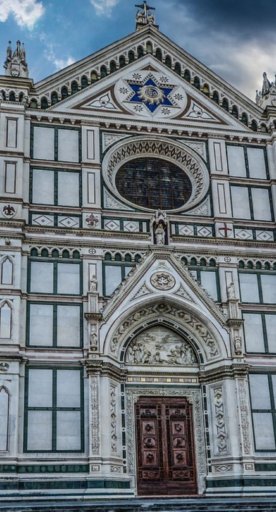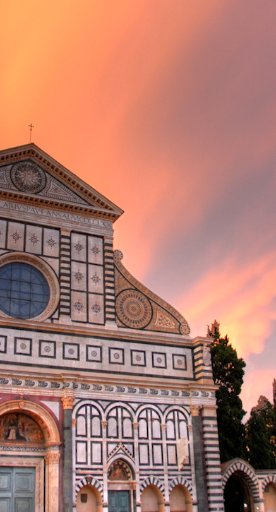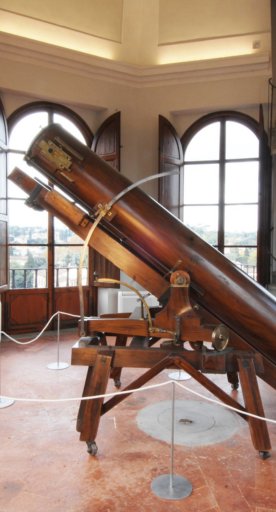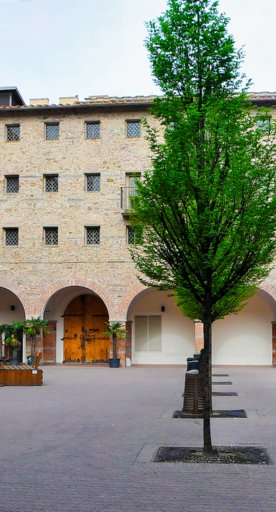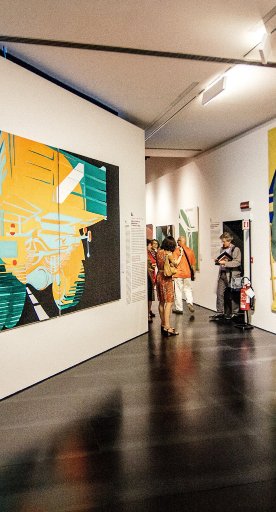Cenacolo di Sant’Apollonia by Andrea del Castagno
account_balance
Museums
The first Florentine Renaissance cenacle (Last Supper)
The Cenacolo di Sant'Apollonia is a museum in Florence, not far from Piazza San Marco, which occupies a part of the ancient monastery of the Benedictines of Sant'Apollonia, founded in 1339 and enlarged in the fifteenth century.
Around 1447 Andrea del Castagno frescoed the back wall of the refectory with the Last Supper, the Crucifixion, the Deposition and the Resurrection. This is the first Florentine Renaissance cenacle and it was unknown to the outside world until the suppression of the monasteries in the 19th century.
The Last Supper is painted in a perspective illusion, as if the scene was happening in a small room and the viewer was observing the scene from the outside. The fresco is full of details, from roof-to-ceiling tiles in black and white squares to the faces and clothes of the apostles, gathered around a long white table.
The museum also displays other frescoes by Andrea del Castagno with the related sinopias and paintings by Paolo Schiavo and Neri di Bicci, coming from the monastery.
Accessibility information: feelflorence.it
More attractions in Florence

